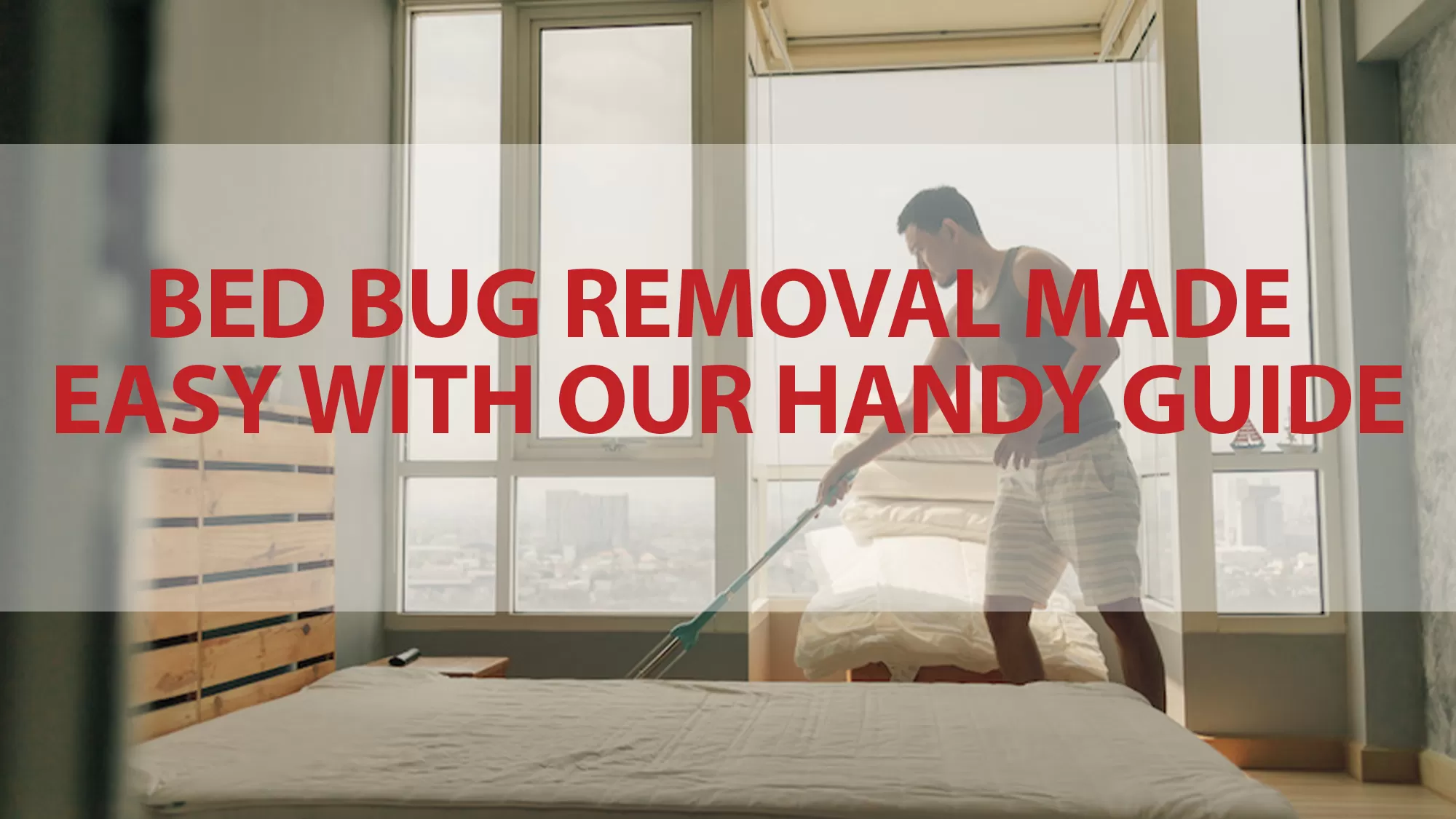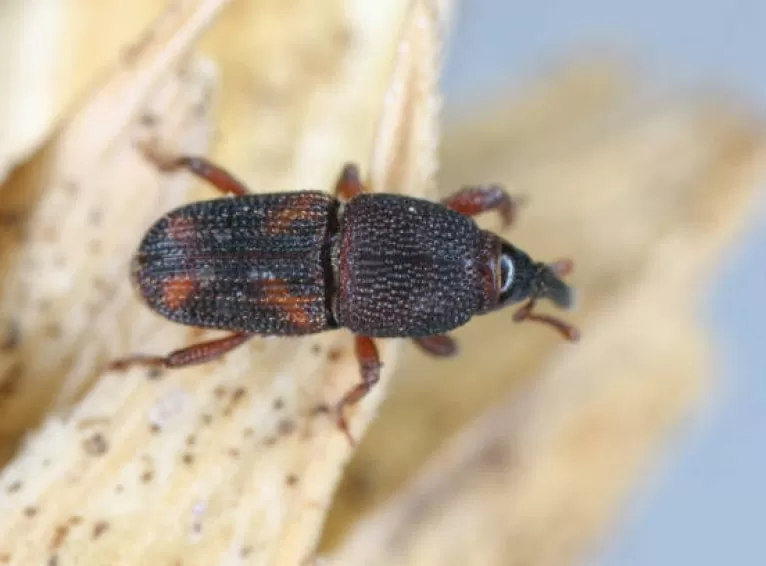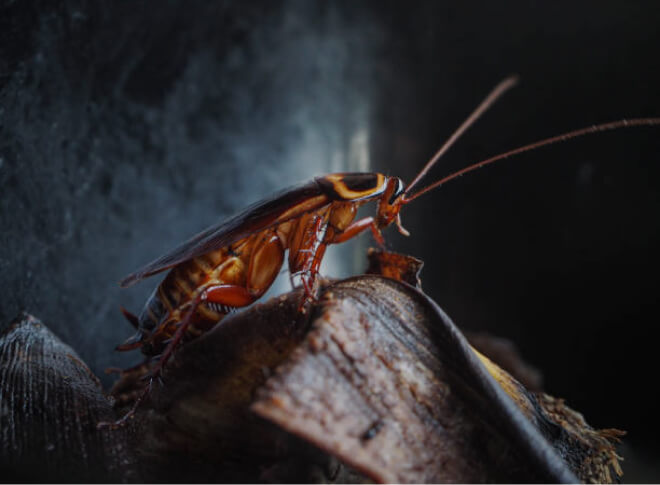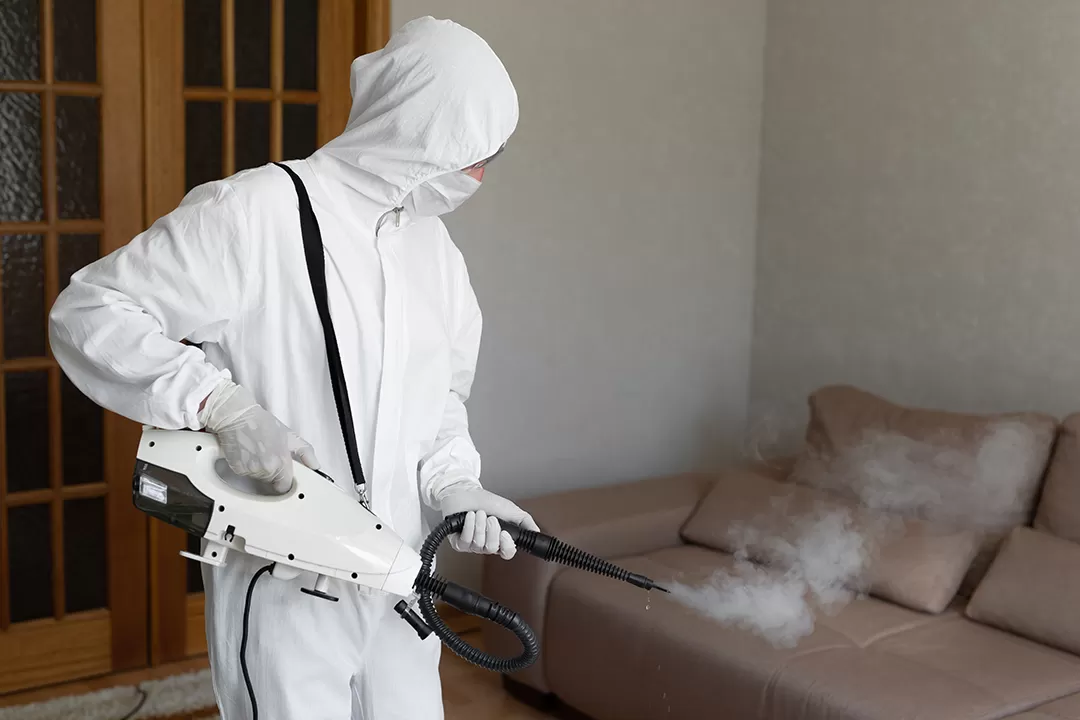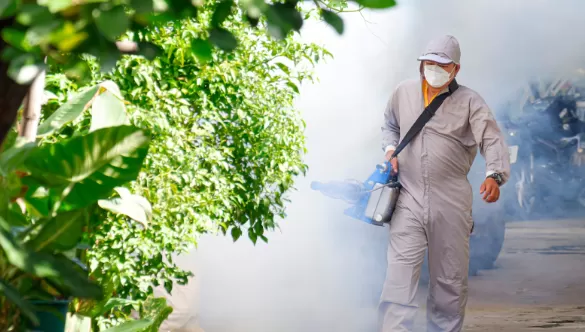Bed bugs have excellent parasitic skills. They will latch on to you, travel into your home, feed on you, and even live on your bed. So if you are troubled by the wrath of uncontrollable bed bugs, fear not. We have come to your rescue with a handy guide on bed bug removal and management.
Of course, the first step is to correctly identify the presence of bed bugs in your home. Next, you can adopt some simple removal methods to get rid of your clothing, furniture, bedding, etc., infested with bed bugs.
Steps for Bed Bug Removal
Identify Bed Bugs and the Extent of Infestation
If you are sharing your house with bed bugs, you want to find them during the early stages of infestation – before they start reproducing. Even though small infestations are harder to detect, they are easier and cheaper to eliminate. So, watch out for the signs of a bed bug infestation. Once you are sure you have bed bugs in your house, you can hire a pest control company to get rid of them or even handle the task yourself.
You must first learn to recognise bed bugs for DIY bed bug control. Only about 5mm in size, bed bugs are known for their agility. They know how to avoid detection and can even stay in hiding for months without eating. On top of that, a female bed bug can lay as many as 500 eggs during her lifetime. This is why bed bug infestations go out of hand so quickly.
Reddish in colour, bed bugs like to hide their narrow bodies in tiny spots like folds of curtains, seams of a couch or mattress, between couch cushions, or under loose wallpaper. Also, look for bed bugs in mattress tags, cracks in headboards and bed frames, furniture joints, and inside electrical outlets. Remember, bed bugs are very good at hiding. Use a magnifying glass and a flashlight to look at all these places, and you will get some traces of bed bugs.
In case you do not spot any bed bugs, you will surely see other signs. These signs include bed bug droppings that look like tiny dark spots and red blood stains on mattresses and bed sheets. You might also bed bug eggs and eggshells that are pale yellow in colour. Another common sign of bed bugs is yellowish skin shed by young bed bugs.
Prevent Further Infestation
Once you have identified the bed bugs, the next step is to limit their spread throughout the house and prevent any further bed bug infestation. But, of course, you have to contain them first before you can get rid of them. A quick and easy tool to do this is to use a vacuum cleaner. Run the vacuum cleaner over suspected bed bug hiding places such as the bed, dresser, carpet, and appliances.
Seal the vacuumed contents using a plastic bag and discard it safely. Do not forget to clean the vacuum cleaner thoroughly afterwards. Next, seal all the affected clothes and linens in plastic bags and keep them away until you can wash them. When you are ready to wash, use the highest washer and dryer temperature to kill any remaining bed bugs. For items which cannot be washed, put them in the dryer for half an hour and use the highest heat setting.
For any items that you cannot treat in the washer or dryer, place them in a sealable plastic bag and leave them aside for a few months to make sure they are free of bed bugs. Throw away any piece of infested furniture if you cannot clean it. Be sure to tear it up first so no one else will take it home with them. You can also spray paint the word “bedbugs” on it to warn others.
Prepare Your Home for a Bed Bug Treatment
Before you can move on to treating any remaining bed bugs in your home with non-chemical and chemical treatments, you need to make some preparations. To ensure the high effectiveness of bed bug treatments, clean and declutter your home well.
Make sure to remove and clean affected linens, drapes, and clothing. Keep them in sealed bags until the bed bug removal process is complete. Also, take note of other bed bug hiding places, such as cluttered clothes, books, magazines, etc. Empty the floor of these and throw away as much as you can.
Never remove items from an infested room to a clean one, as this will help the bugs spread. Caulk all cracks in walls, doors, and furniture. Coat loose wallpaper with glue and tape them over open electric outlets. Also, move your bed a minimum of 6 inches from the wall to prevent bed bugs from climbing onto it.
Chemical and Non-chemical Treatments to Eliminate Bed Bugs
There are multiple treatments used to eliminate bed bugs using both chemical and green pest control methods. Well, one of the easiest ways to kill bed bugs is with intense cold or very high heat. You can make use of the high heat setting on your washer, dryer, and steamer. You can also vacuum them and place the sealed vacuumed content out in the sun on a scorching day. Alternatively, you can leave them in a cooler temperature of 0°F in a freezer for four days or more.
After you have taken care of all visible bed bugs, it is time to make your house inhospitable to the remaining bed bugs. Cover your box spring and mattress with bed bug-proof covers and zip up all the way. The bed bugs will be trapped and will suffocate to death.
If these methods do not seem to help, you need to resort to using insecticides. The most commonly used chemicals to treat bed bugs are pyrethrins and pyrethroids. You may also use pyrroles such as chlorfenapyr to disrupt bed bug cells and kill them. Sometimes, when bed bugs may become resistant to pyrethrins, pyrethroids, pyrroles, neonicotinoids can be effective as they will do damage to the bugs’ nervous system.
You may also benefit from using desiccants which will destroy the protective outer coating of these bugs and ultimately kill them. Examples of desiccants include silica aerogel and diatomaceous earth. Bug bombs or foggers can also kill bed bugs. You may also rely on various plant oil-based products, which are generally less toxic than other options.
Evaluate the Condition
It can take some time to wipe out bed bugs completely. Check infested areas every seven days for any signs of activity. You can also place bed bug interceptors under your bed. Place the devices under each leg of your bed, and they will trap bed bugs before they can climb onto your bed. You might need to check the interceptors for as long as one year until the house is entirely free of bed bugs.
Conclusion
Because bed bugs have a tendency to come back, getting rid of them might feel like a tedious and overwhelming experience. You should consider hiring a professional exterminator to take the load off your shoulders.
Finally, once the bed bugs are gone, you should make sure they do not return. To ensure this, you need to clear up any clutter, cover mattresses and box springs with bed bug cover, and maintain the general cleanliness of the house. Vacuum often and wash carpets, curtains, and bedding regularly.
Also, be careful about bringing bed bugs home from your travels. Whether or not you might be bringing bed bugs home with you, you should constantly check your house for signs of infestation and take preventive measures to keep them away.

